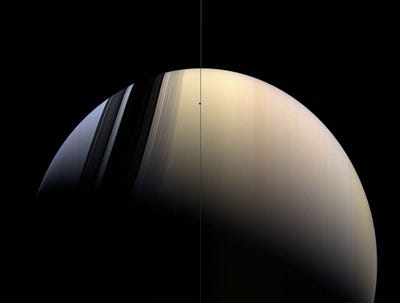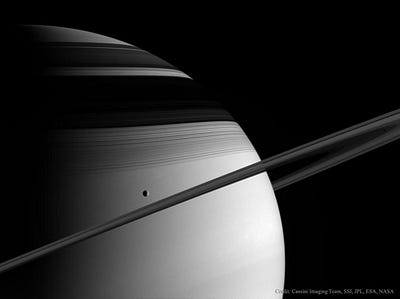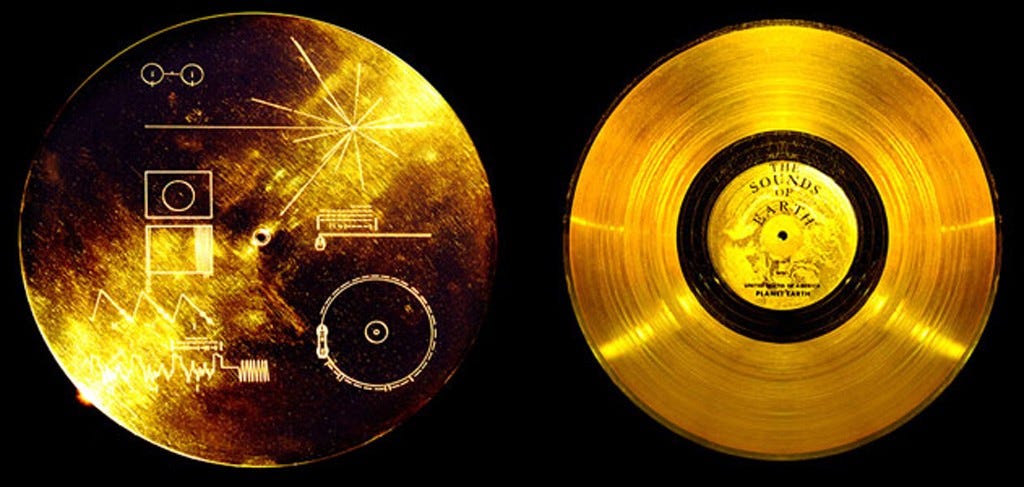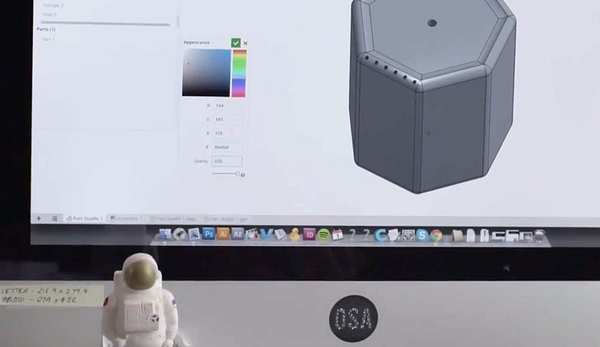Taking the best of Earth into the Great Unknown
By Ethan Siegel
Images: NASA, Francis Godwin, OSA
As part of the Space Glass project — Ethan Seigel, astrophysicist, science communicator & NASA columnist explains how technology, imagination and our desires come together to pave humanity’s path into the cosmos.
Here on Earth, the pleasures of daily life are something we can all delight in, whether it’s the company of our friends, the sounds of our favorite songs, our favorite meals or a long sip of our favorite whisky. If you’re blessed with a vivid imagination, space can be full of wonder and promises: other planets, moons, suns, and chances at life. Unfettered imagination can take us far beyond Earth, to places and times that never were, but that may yet be.
“There is a single light of science, and to brighten it anywhere is to brighten it everywhere.” –Isaac Asimov
Combine our set of scientific knowledge with our imagination of what might be, and the possibilities for what might actually be out there seem limitless. But there’s one more ingredient we need if we ever want to go from imagining the possibilities to discovering and realizing what’s actually possible for humanity in this Universe: the desire to explore, and to take all the best experiences of our lives on Earth with us into the great unknown.

There will always be naysayers out there, contending that we need to deal with all of our terrestrial problems before we should turn our eyes to the planets, stars and galaxies beyond our own. But like all aspects of life, if you exclusively spend your time, energy and resources on what appear to be the most pressing, urgent, close-to-home problems, you’ll reach the end of your days having never focused on what mattered most: the long-term betterment of the human enterprise in the greatest of ways possible.
But if we decide it’s worth investing in, if we decide that leaving our home world and discovering the billions upon billions of worlds in our galaxy is a worthy endeavor, and we choose for humanity’s future to extend far beyond our home world of Earth, these will be the three things that guide our way:
- our imagination of what could be out there and what’s possible,
- our knowledge of what does and can exist and how it came to be, and
- our desire to make those big, meaningful, quality dreams a reality.
If we reach for it, if we strive to bring the human enterprise from our fledgling state as the peak species on one planet to soaring throughout the galaxy and beyond, we just might discover the true sense of wonder that lies in the cosmic story uniting everything in this Universe.



“Battle not with monsters, lest ye become a monster, and if you gaze into the abyss, the abyss gazes also into you.” –Friedrich Nietzsche
Is it hubris to imagine a future where we make our own destiny not only here on Earth, but out in the Universe beyond? Where humans thrive on thousands or even millions of worlds throughout the galaxy? Where we answer the question of life in the Universe not through remote telescope or robotic missions, but by living alongside it?
This has been the stuff of our dreams, our hopes and our fears for centuries, thanks to the power of science fiction. It’s often this combination of imagination, desire and what’s known at the time that points our way into the future. Many things that seemed like technological impossibilities even half a century ago are commonplace today. Diseases and disorders that haven’t yet manifested can be diagnosed and predicted simply from a single strand of your DNA; humans can survive and sustain themselves indefinitely hundreds of miles above the surface of the Earth; space probes that weren’t yet imagined in the 1960s have already flown beyond the edge of our Solar System, carrying our messages to the stars.

It’s up to humanity to dream up our own future, and to decide what we want that future to look like. The Universe will be perfectly content with us remaining here, bound to Earth, quibbling over our limited resources until either human nature or mother nature conspire to wipe us out entirely. Or, we can take matters into our own hands. We can aspire to the future we wish, in our wildest, most successful imaginings, and strive to make it our reality.

We can take the best of what we love about our lives with us everywhere we go: art, music, culture, food, and even our favorite drinks. We can concoct our own fantasies of what the future might hold, and with the help of science, technology, and a genuine investment that comes from pooling a fraction of all our resources together, we can make that dream the future of humanity. In all the Universe, each one of us is unique, as this combination of atoms, electrons, particles and interactions has never existed before, nor will it ever again. It’s up to us, in the brief time we have here, to make our lives count. Together, we can usher in the future that the Universe didn’t even know it was waiting for.





